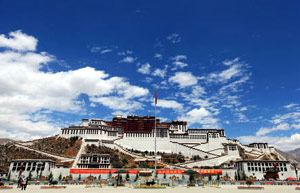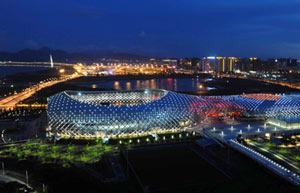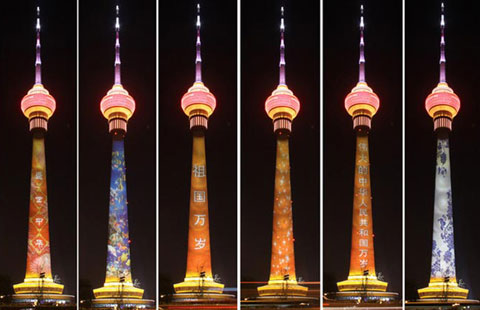Chinese cities' four modernizations
By William Antholis (China Daily) Updated: 2014-04-30 07:33
Moreover, since January, the authorities have required 15,000 factories, including State-owned enterprises, to disclose official data on airborne emissions and water discharge.
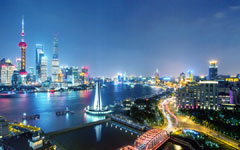 |
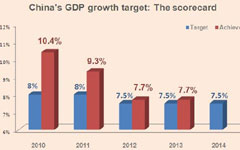 |
The second major issue facing China during the urbanization process is the conflict between rural landowners and local governments - a highly combustible dynamic. Forced demolitions have already sparked thousands of isolated protests. If this is allowed to continue, public outrage will intensify, generating social instability and undermining economic aspirations.
Fortunately, some progress is being made in this area as well. Sichuan province's deputy Party secretary, Li Chuncheng - known as "Li Chaicheng," or "Li destroys the city" - was recently arrested on corruption charges for his brazen expropriation of farmers' land.
A more promising development is that, according to the Third Plenum road map, farmers must receive a fair share of the profits from land-value appreciation, and will be entitled to transfer their land or use it as collateral. Future policy could allow sales directly to developers, rather than via local governments, ensuring fairer compensation for rural citizens, and also less revenue for local governments to spend on construction.
- Chinese tourists will come of age
- Li calls for west China to welcome new firms
- China's farmers feel deflationary chill
- Shanghai Pudong Development Bank to sell preference shares
- China acts on dumping of TBHQ imports
- Changing face of Chinese worker
- China Vanke posts first profit decline in 12 years
- China's home prices, sales expected to stabilize
